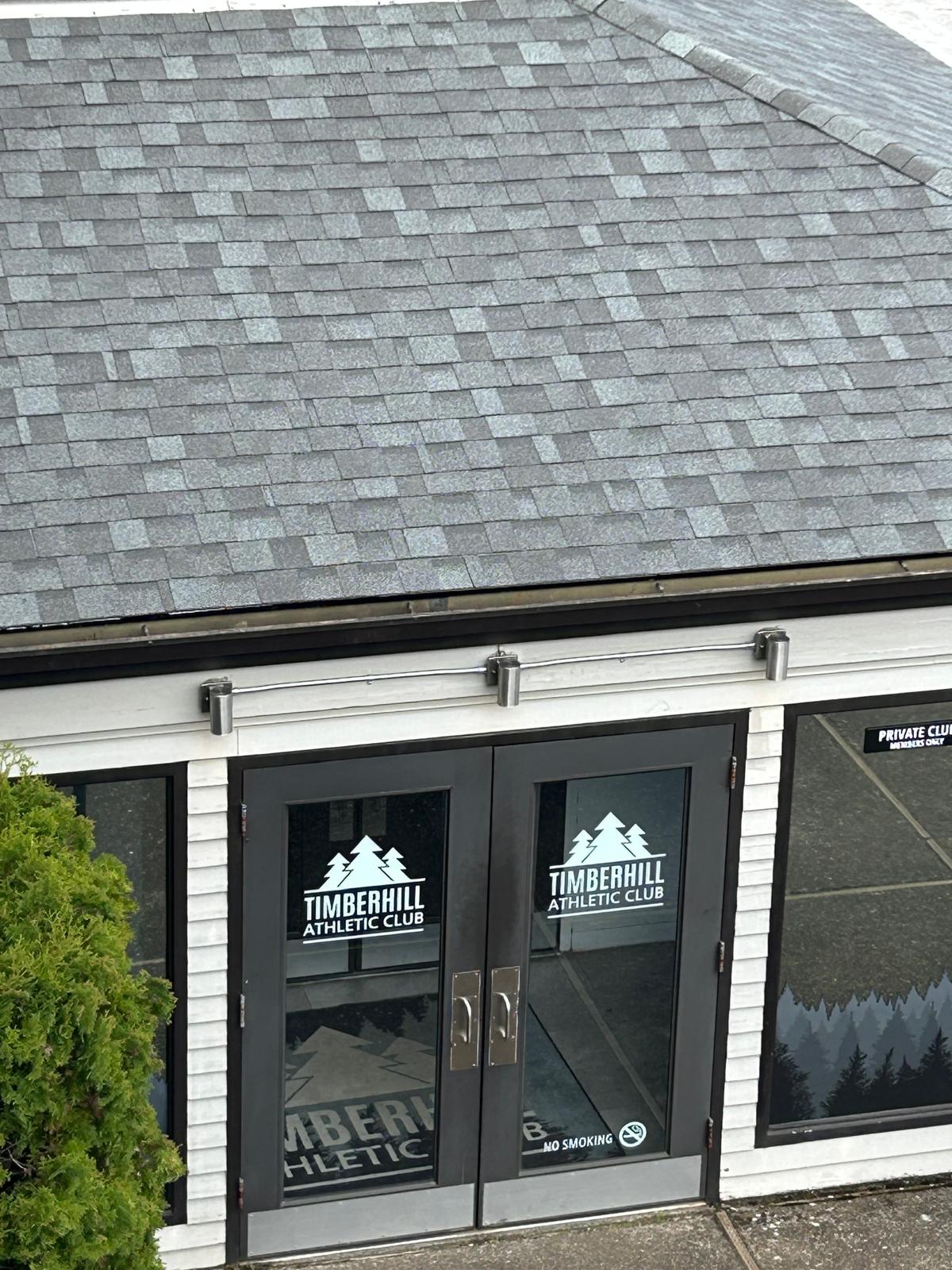How to Know If Your Roof Is Properly Ventilated
Proper roof ventilation is one of the most overlooked elements of a healthy home. Whether you’re dealing with hot summers, damp winters, or changing seasonal temperatures like those in Salem, OR, ventilation plays a crucial role in protecting your roof and improving your home’s energy efficiency.
At Advanced Roofing Technologies Inc., we frequently help Oregon homeowners identify and correct ventilation problems before they lead to costly damage. In this article, we’ll explain how to tell if your roof is properly ventilated, why it matters, and what to do if it’s not.
Why Roof Ventilation Matters
Ventilation allows your attic and roofing system to “breathe” by circulating fresh air in and pushing hot, moist air out. Without this airflow, your attic can become a trap for heat and moisture—two major enemies of any roofing system.
Benefits of proper roof ventilation include:
- Extending the lifespan of your shingles
- Preventing mold and mildew growth
- Reducing attic and ceiling temperatures
- Lowering heating and cooling costs
- Preventing ice dams in winter
In Oregon’s wet and variable climate, the right ventilation system helps keep your home structurally sound and energy-efficient year-round.
Signs Your Roof May Not Be Properly Ventilated
Here are some of the most common red flags that your roof isn’t getting the ventilation it needs:
Sign #1: High Energy Bills
If your HVAC system is working overtime—especially during the summer or winter—it might be due to trapped attic heat or moisture. Poor ventilation can raise your home’s overall temperature, forcing your air conditioner or heater to work harder.
Sign #2: Hot or Stuffy Attic
Your attic should be similar in temperature to the outside air. If it feels significantly hotter (in summer) or has a heavy, stuffy atmosphere, that’s a clear sign that air isn’t circulating properly.
Try this: Visit your attic during midday. If it’s excessively hot and there’s no noticeable airflow, your ventilation system may be underperforming.
Sign #3: Mold or Mildew in the Attic
Trapped moisture leads to mold, mildew, and wood rot. These issues often start in corners or around insulation and grow over time. Oregon’s cool, damp climate makes this especially likely if your attic isn’t ventilated.
If you notice a musty odor or dark stains, it’s time to have your roof professionally inspected.
Sign #4: Peeling Paint or Moisture Stains on Ceilings
Improper ventilation can cause condensation to build up inside your attic and home. This moisture may appear as:
- Water spots or stains on ceilings and walls
- Peeling or bubbling paint near ceiling joints
- Warping in wood or drywall
Over time, this can lead to interior water damage and expensive repairs.
Sign #5: Curling or Cracking Shingles
Your shingles are constantly exposed to the elements—but if your attic isn’t ventilated, heat from inside your home can cause the shingles to age faster. Look for:
- Shingles curling at the edges
- Cracks or splits
- Premature shingle discoloration
These are signs that heat is building up from beneath, reducing your roof’s lifespan.
Sign #6: Ice Dams in the Winter
Although less common in Salem than colder parts of the country, ice dams can still form on Oregon roofs during freezing conditions. Improper ventilation allows warm air to melt snow unevenly, which then refreezes near the edges and causes backups under the shingles.
How Roof Ventilation Works
A balanced ventilation system includes both intake and exhaust:
- Intake Vents: Usually placed at the roof’s eaves or soffits to allow fresh air to enter the attic.
- Exhaust Vents: Located at or near the roof’s peak to let warm, moist air escape.
Together, these vents create a consistent airflow that keeps your attic dry and temperature-regulated.
There are several types of vents, including:
- Ridge vents
- Soffit vents
- Gable vents
- Static roof vents
- Powered attic fans
Each home’s optimal ventilation system depends on roof size, slope, attic volume, and local climate—so it’s best to consult professionals like our team at Advanced Roofing Technologies Inc..
How to Check Your Roof Ventilation
You can perform a few basic checks yourself, but a full inspection is best left to a roofing expert. Here are simple ways to get started:
- Count your vents – Look at your roof to see if vents are present along the ridge and eaves.
- Check for airflow – On a windy day, go into your attic and see if you feel a breeze or airflow movement.
- Inspect for moisture – Look for darkened wood, wet insulation, or signs of mildew.
- Measure attic temperature – Use a thermometer to check if your attic is hotter than the outdoor air.
Still unsure? Schedule a professional evaluation through our residential roofing service page. Our team can quickly determine if your system needs improvement.
What to Do If Your Roof Isn’t Properly Ventilated
If you suspect poor ventilation, don’t wait. Over time, the damage to your roof, attic, and home interior can be extensive.
Here’s how Advanced Roofing Technologies Inc. can help:
- Perform a detailed attic and roof inspection
- Identify ventilation deficiencies
- Recommend and install balanced intake and exhaust systems
- Use products that match your roof’s design and local weather conditions
Visit our home page to learn more or get directions to our location on Google Maps.
Conclusion: Proper Ventilation Protects Your Entire Home
Your roof does more than just shield your home from the elements—it also plays a major role in indoor comfort, energy efficiency, and home value. Without proper ventilation, you may unknowingly risk premature roof failure, mold growth, or inflated utility bills.
If you live in Salem, OR, and want peace of mind that your attic is properly ventilated, give Advanced Roofing Technologies Inc. a call. Our team will assess your current system, make expert recommendations, and ensure your roof is set up for long-term protection and performance.





